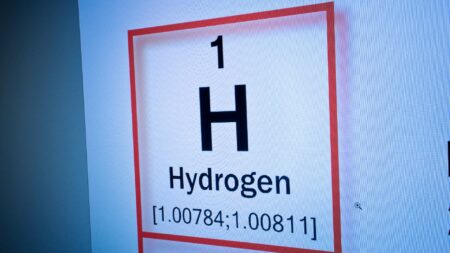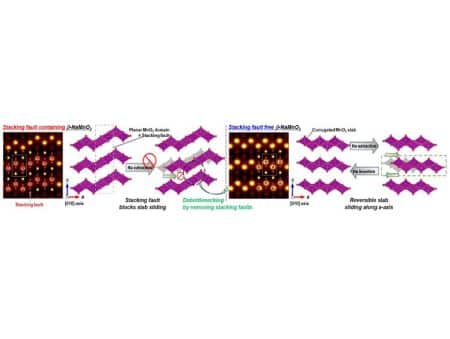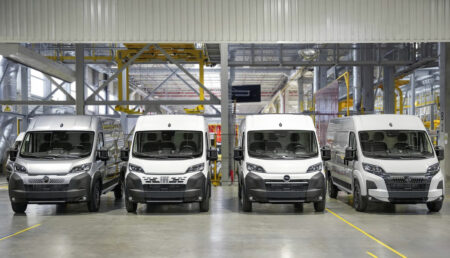Japan has completed the world’s first sea transport trials of liquefied hydrogen as part of an ambitious strategy to commercialize a hydrogen supply chain by 2030, from production through transportation, storage, and use.
The project’s operation headquarters, which has gotten a lot of attention because of its massive size, lies on an artificial island near Kobe Airport.
Suiso Frontier, the world’s first liquid hydrogen transporter, is based there.
The Japanese government and Australia have backed the project.
It is led by a coalition of seven Japanese firms lead by Kawasaki Heavy Industries, which aims to recreate its success as a builder of LNG freighters with hydrogen.
“As we progress towards carbon neutrality, I believe liquid hydrogen will play a very important role,” Kawasaki deputy general manager Motohiko Nishimura told EFE.
Japan is one of the countries that has used hydrogen into its energy policy in order to minimize damaging emissions.
By 2030, the country anticipates the gas, which does not release carbon dioxide when burned, to account for roughly 1% of its total energy output, with that percentage rising in succeeding years.
In the aircraft industry, hydrogen has long been employed as a fuel.
Its primary applications are oil refining and chemical synthesis. However, demand in broad areas like as transportation and energy generation remains low.
There are a variety of techniques to make hydrogen, but the most common are coal and natural gas, which means that acquiring this pure energy requires the production of carbon dioxide.
“It’s a really critical topic,” Nishimura said, to figure out how to absorb, store, and control carbon dioxide without releasing it into the environment.
The hydrogen for the project comes from lignite, a form of coal found in Australia’s Latrobe Valley.
There is carbon capture and storage technology in use.
Water absorbs carbon dioxide and gets carbonated before being stored in an aquifer.
The hydrogen collected there is liquefied and transferred by cargo ship to Japan.
In June, the first transportation trials began. The ship completed the 9,000-kilometer journey in 16 days to release hydrogen at Kobe.
The experiments will continue in 2022 to determine the technology’s validity and safety in order to determine its commercial viability by 2030.
The Suiso Frontier presently has a hydrogen storage capacity of 1,250 cubic meters.








